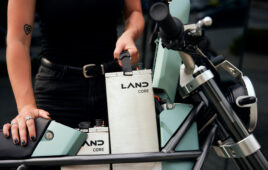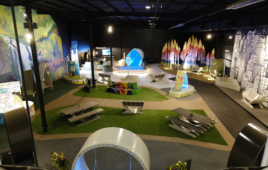Solar panels have been around for a while, but their use has been limited. As with many renewable resources for alternative energy, progress has been steady, but slow. The widespread adoption of solar energy, for example, has been held back because of the current global shortage of silicon wafer photovoltaic cells and the high cost associated with their manufacture.

High throughput 20 µm scribes with virtually no heat-affected zone.
J P Sercel Associates (JPSA), a provider of industrial-grade laser systems for micromachining, reports that despite some drawbacks, thin-film-on-glass solar panel alternatives are becoming more widely used because of their overall benefits.
The company has already introduced its PV Series Photovoltaic Laser Scribing System for isolation and series interconnection of thin film solar cells. JPSA employs high peak power, short pulsed Diode Pumped Solid State (DPSS) laser sources to rapidly, selectively, and accurately remove a wide range of thin films from large glass, metal, or polymer substrates.
These systems use advanced laser technology scribing to rapidly and accurately produce fine scribed lines with >30 MO isolation. The range of applications includes thin film, P1 Front Contact, P2 Semiconductor, P3 Back Contacts, Border deletion, and Bulk deletion of all three layers to provide an edge isolation border.
A variety of wavelengths can accommodate different layer materials, including 1064, 532, 355, and 266 nm.
J P Sercel Associates
www.jpsalaser.com
Filed Under: Green engineering • renewable energy • sustainability, Semiconductor manufacture, Energy management + harvesting





Tell Us What You Think!